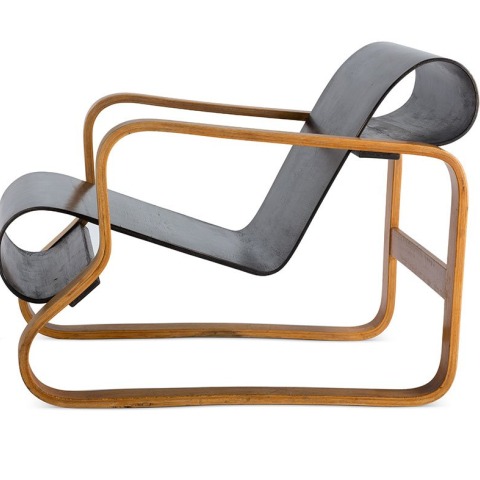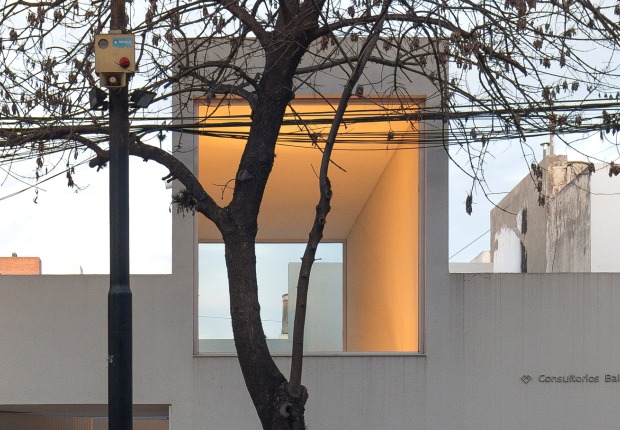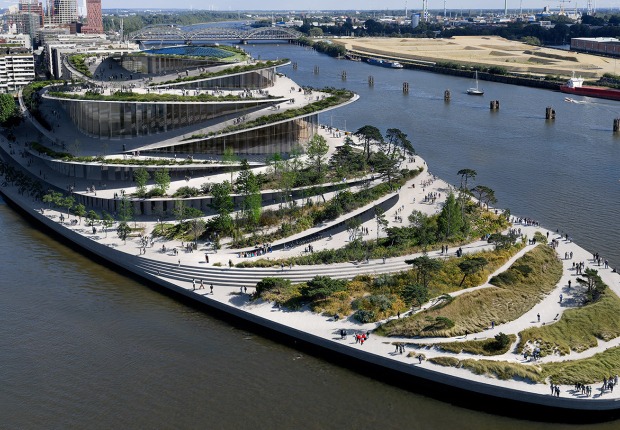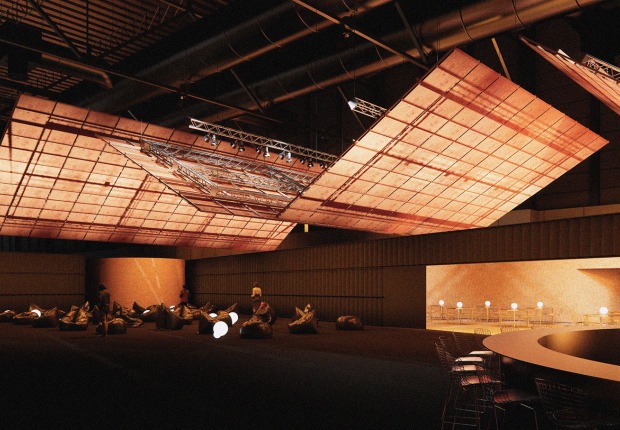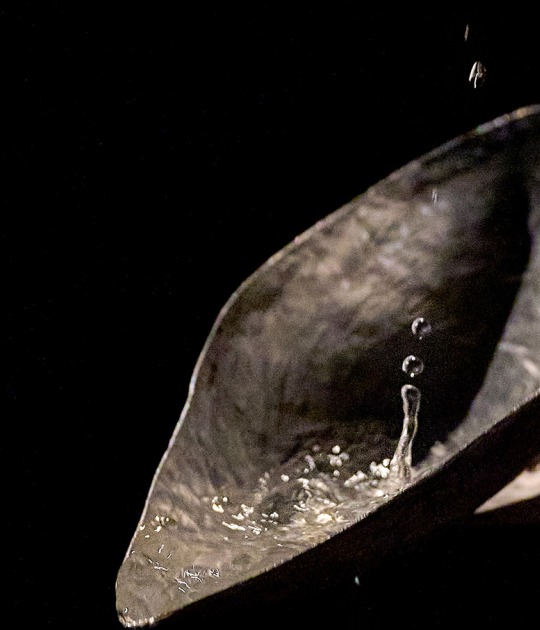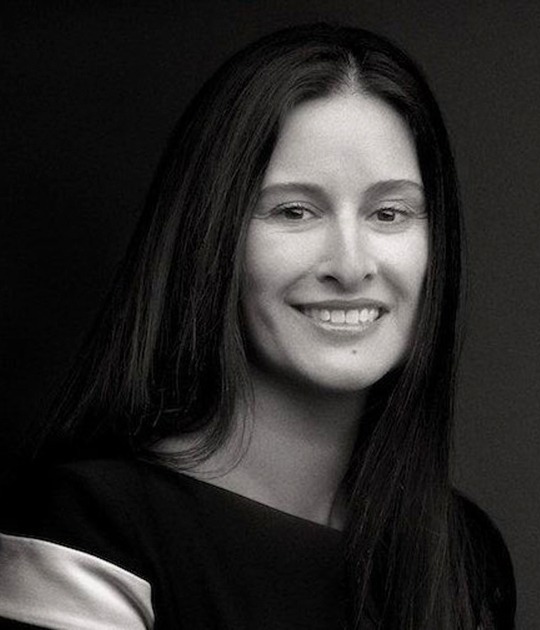Alvar Aalto 1898-1976. Organic Architecture, Art and Design is the exhibition organized by the Vitra Design Museum (Weil am Rhein, Germany) and the Alvar Aalto Museum (Jyväskylä, Finland) with the collaboration of "la Caixa" Social Works and curated by Jochen Eisenbrand of the Vitra Design Museum, to be held in Madrid from September 30th, 2015 to January 10th, 2016. This is an itinerant exhibition that comes from CaixaForum Barcelona to CaixaForum Madrid, and around which have been organized a series of lectures from the 1st until the 7th of October.
The exhibition takes a new, more contemporary look at Aalto's work. Whereas previous exhibitions and publications have regarded Aalto’s organic architectural language as deriving directly from Finnish nature and landscape, the exhibition at CaixaForum Barcelona shows how Aalto’s affinity for organic form was mediated through a close dialogue with many artists of his time, such as László Moholy-Nagy, Jean Arp, Alexander Calder and Fernand Léger. Works by these and other artists are juxtaposed with Aalto’s designs and buildings in order to highlight his significance as a figurehead of the international art and architecture Avant-Garde from the 1920s onwards.
The display features 350 exhibits, among them period models, original drawings, furniture, lamps and glassware, as well as works by other notable artists, among them Alexander Calder and Jean Arp.
The exhibition includes Aalto’s most iconic buildings and designs, but also lesser-known projects that remained on paper, all complemented by the work of the German artist Armin Linke, who was commissioned to produce new photographs and film footage of particular buildings.
Alvar Aalto 1898-1976. Organic Architecture, Art and Design.
Place.- Caixa Forum Madrid, Paseo del Prado 36, Madrid, Spain.
Dates.- From the 30th of September, 2015 to the 10th of January, 2016.
Schedule.- From Monday to Sunday, including holidays, from 10 to 20h.
Price.- 4 €, free for "la Caixa" clients. The 9th of November will be free for all visitors.
